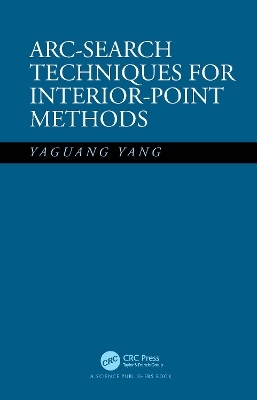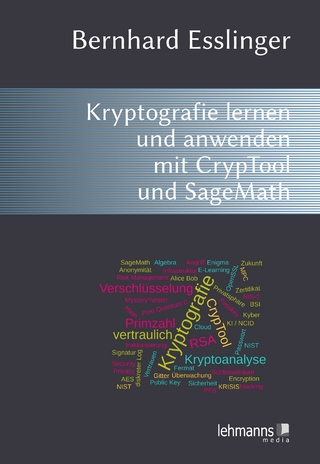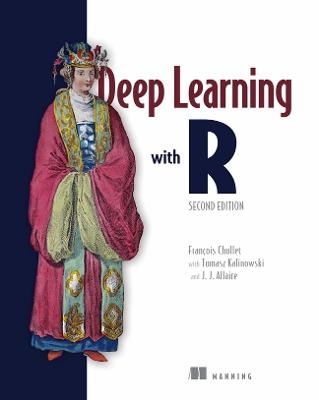
Arc-Search Techniques for Interior-Point Methods
CRC Press (Verlag)
978-0-367-51009-1 (ISBN)
This book discusses an important area of numerical optimization, called interior-point method. This topic has been popular since the 1980s when people gradually realized that all simplex algorithms were not convergent in polynomial time and many interior-point algorithms could be proved to converge in polynomial time. However, for a long time, there was a noticeable gap between theoretical polynomial bounds of the interior-point algorithms and efficiency of these algorithms. Strategies that were important to the computational efficiency became barriers in the proof of good polynomial bounds. The more the strategies were used in algorithms, the worse the polynomial bounds became. To further exacerbate the problem, Mehrotra's predictor-corrector (MPC) algorithm (the most popular and efficient interior-point algorithm until recently) uses all good strategies and fails to prove the convergence. Therefore, MPC does not have polynomiality, a critical issue with the simplex method.
This book discusses recent developments that resolves the dilemma. It has three major parts. The first, including Chapters 1, 2, 3, and 4, presents some of the most important algorithms during the development of the interior-point method around the 1990s, most of them are widely known. The main purpose of this part is to explain the dilemma described above by analyzing these algorithms' polynomial bounds and summarizing the computational experience associated with them. The second part, including Chapters 5, 6, 7, and 8, describes how to solve the dilemma step-by-step using arc-search techniques. At the end of this part, a very efficient algorithm with the lowest polynomial bound is presented. The last part, including Chapters 9, 10, 11, and 12, extends arc-search techniques to some more general problems, such as convex quadratic programming, linear complementarity problem, and semi-definite programming.
Yaguang Yang received a BSc (1982) and a MSc (1985) from Huazhong University of Science and Technology, China. From 1985 to 1990, he was a lecturer at Zhejiang University in China. In 1996, he received his PhD from the Department of Electrical and Computer Engineering at the University of Maryland, College Park. He proposed and developed arc-search techniques for interior-point methods. He is currently with the US Nuclear Regulatory Commission.
Preface. SECTION I: LINE SEARCH INTERIOR-POINT METHODS FOR LINEAR PROGRAMMING. Introduction. A Potential-Reduction Algorithm for LP. Feasible Path-Following Algorithms for LP. Infeasible Interior-Point Method Algorithms for LP. SECTION II: ARC-SEARCH INTERIOR-POINT METHODS FOR LINEAR PROGRAMMING. A Feasible Arc-Search Algorithm for LP. A MTY-Type Infeasible Arc-Search Algorithm for LP. A Mehrotra-Type Infeasible Arc-Search Algorithm for LP. An O(√nL) Infeasible Arc-Search Algorithms for LP. SECTION III:ARC-SEARCH INTERIOR-POINT METHODS: EXTENSIONS. An Arc-Search Algorithm for Convex Quadratic Programming. An Arc-Search Algorithms for QP with Box Constraints. An Arc-Search Algorithm for LCP. An Arc-Search Algorithm for Semidefinite Programming. References. Index.
| Erscheinungsdatum | 13.07.2022 |
|---|---|
| Zusatzinfo | 6 Tables, black and white; 11 Illustrations, color |
| Verlagsort | London |
| Sprache | englisch |
| Maße | 156 x 234 mm |
| Gewicht | 530 g |
| Themenwelt | Informatik ► Theorie / Studium ► Algorithmen |
| Mathematik / Informatik ► Mathematik ► Angewandte Mathematik | |
| ISBN-10 | 0-367-51009-X / 036751009X |
| ISBN-13 | 978-0-367-51009-1 / 9780367510091 |
| Zustand | Neuware |
| Informationen gemäß Produktsicherheitsverordnung (GPSR) | |
| Haben Sie eine Frage zum Produkt? |
aus dem Bereich


